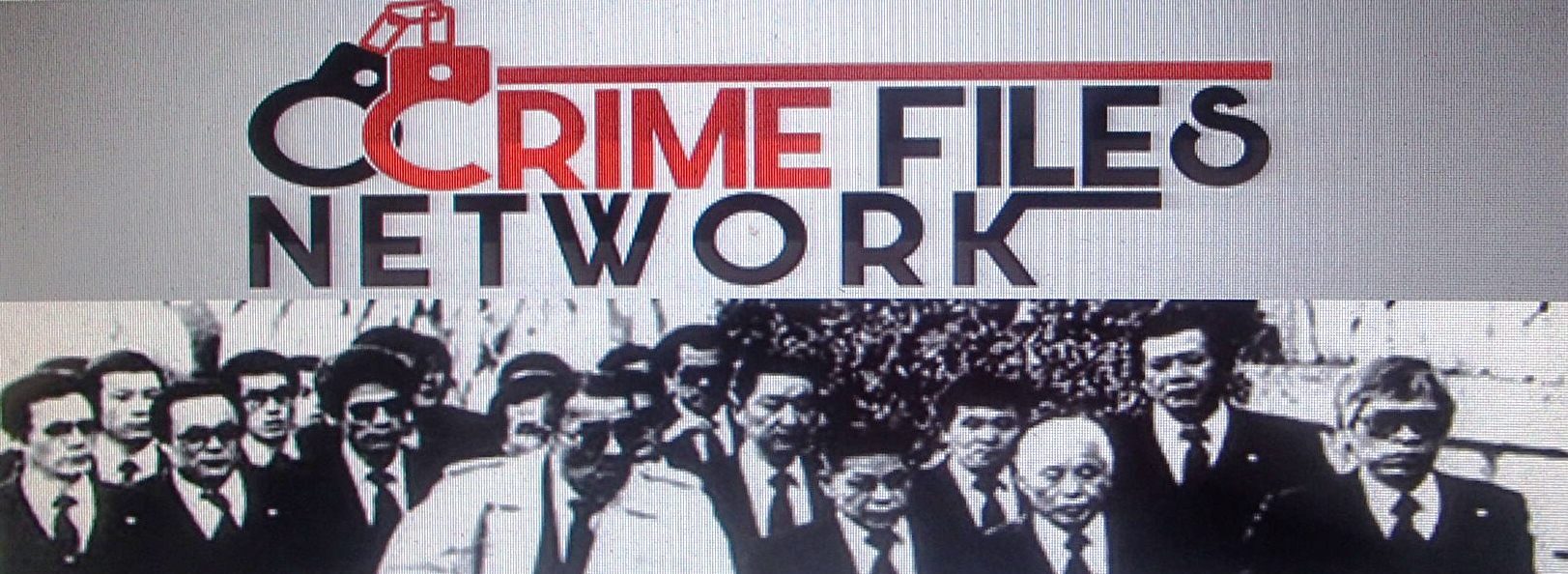
Alabama executed an inmate for murdering a man who offered him a ride in 1996, after a divided U.S. Supreme Court rejected his request to die by nitrogen hypoxia rather than by the “torturous” method of lethal injection.
Matthew Reeves did not receive a final meal nor did he offer any last words before he was injected with a deadly cocktail of drugs at Holman Prison Thursday night. He glanced several times at the intravenous line in his arm and was pronounced dead around 9:24 p.m.
He was executed for the murder of Willie Johnson, a man who picked up Reeves along with a small group of people on the side of a Selma highway in November 1996.
Matthew Reeves (Alabama Dept. of Corrections)
Gov. Kay Ivey, in a statement, said Johnson was brutally murdered for being “a good Samaritan” and “lending a helping hand.” Reeves’ death sentence “is fair, and tonight, justice was rightfully served,” she added.
Johnson was found dead from a gunshot wound to the neck. He’d been robbed of $360.
Reeves, 18 at the time, then went to a party where he danced and mimicked Johnson’s dying moments, authorities said. A witness said his hands were still stained with blood during the bash.
His execution was put on hold last week by a federal judge in Alabama, a decision upheld on Wednesday by the U.S. 11th Circuit Court of Appeals.

Suing under the Americans with Disabilities act, Reeves alleged that his mental disability prevented him from fully understanding the contents of a form allowing him to choose either lethal injection or nitrogen hypoxia as an execution method. Inmates were handed the document in 2018, after legislators approved the use of nitrogen, though Reeves did not fill it out.
Reeves also claimed the state failed to help him understand the form while the state argued that he was not disabled to the point where he could not comprehend it.
A defense expert said Reeves had a first grade reading level and the language competency of a 4-year-old. His attorneys claimed he would have elected to die by nitrogen hypoxia rather than lethal injection had he been able to fully understand the form.

On Thursday, a divided U.S. Supreme Court voted 5-4 to reverse the lower court’s decision, clearing the way for Alabama to execute Reeves by lethal injection. He died just hours later.
With News Wire Services
Henry Sapiecha


